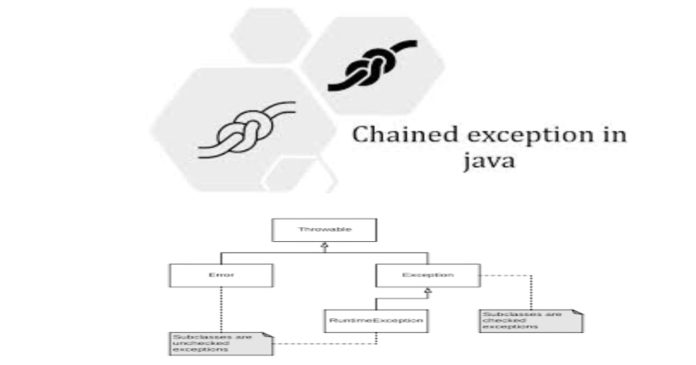Java exceptions are events that disrupt the normal flow of a program’s execution. They are objects representing errors or unexpected conditions that arise during runtime.
Java’s exception handling mechanism allows developers to manage these errors gracefully, preventing the program from crashing and providing meaningful responses to issues.
Exceptions in Java are categorized into three main types:
1. Checked Exceptions: These are exceptions that are checked at compile-time. They must be either caught using a try-catch block or declared in the method signature using the throws keyword. Examples include IOException and SQLException.
2. Unchecked Exceptions: Also known as runtime exceptions, these are not checked at compile-time. They can occur due to programming errors, such as accessing an array out of bounds or dividing by zero. Examples include NullPointerException and ArrayIndexOutOfBoundsException.
3. Errors: These represent serious problems that are typically not recoverable, such as OutOfMemoryError or StackOverflowError. They are subclasses of java.lang.Error.
Java’s exception handling is managed using try-catch blocks, finally clauses for cleanup, and throw statements to propagate exceptions.
This structured approach enhances program robustness by allowing developers to anticipate, detect, and handle errors effectively.


